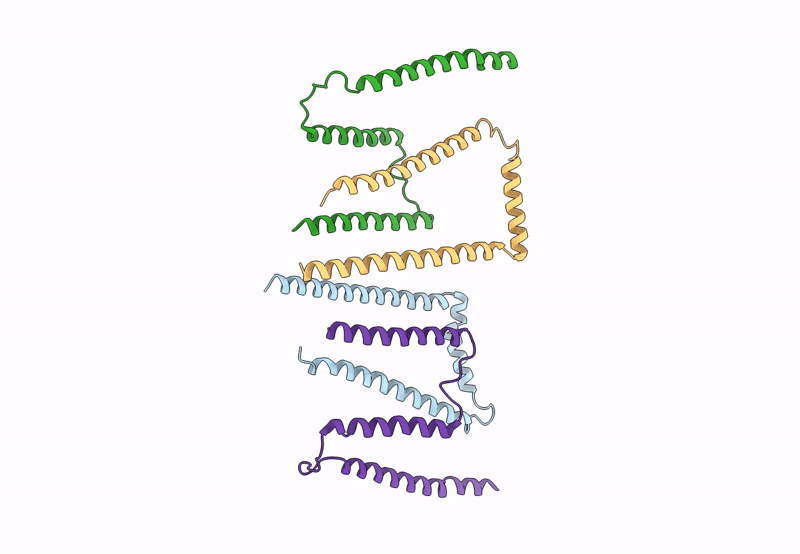
Deposition Date
2023-06-24
Release Date
2023-10-11
Last Version Date
2023-10-11
Method Details:
Experimental Method:
Resolution:
7.00 Å
Aggregation State:
PARTICLE
Reconstruction Method:
SINGLE PARTICLE


